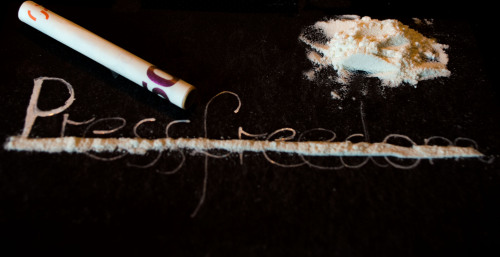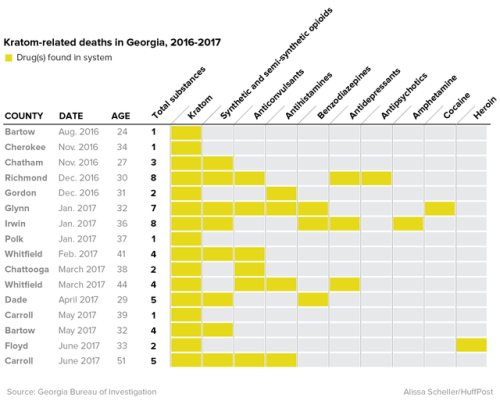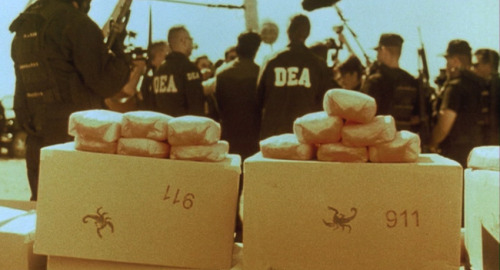#drug war
Cocaine destroys Freedom of the Press!
Do not condemn the user. Condemned the nations that lead the Drug War!
They are to blame for all the deaths, like Ruben Espinosa..
Legalize Drugs!
http://www.taz.de/Drogenpolitik-in-Amerika/!5066074/
Post link
Academia Link: CLICK HERE TO READ
ABSTRACT: Examination of the U.S.-backed wars on drugs in Colombia and Mexico reveals that, apart from the hegemonic discourse about narcotics control, these wars reinforce the power of transnational corporations over resource-rich areas owned and used by indigenous people, peasants, and the urban poor. Case studies in Mexico demonstrate that recent assassinations of activists and intimidation of communities that are organizing against large-scale mining must be understood within the framework of militarization justified in terms of an anti-narcotics discourse. Drug war politics may thus be understood as a mechanism for promoting business-friendly policies and militarizing resource-rich areas. This politics is enshrined in the Mérida Initiative, which includes a national U.S.- style legal reform, modernization of the prison system, and the militarization and training of the federal police and other security forces, equipment transfers, and development funding designed to encourage foreign investment and further transnationalize the national economy.
Academia Link: CLICK HERE TO READ

The U.S. government’s current strategy of trying to restrict the supply of opioids for nonmedical uses is not working. While government efforts to reduce the supply of opioids for nonmedical use have reduced the volume of both legally manufactured prescription opioids and opioid prescriptions, deaths from opioid overdoses are nevertheless accelerating. Research shows the increase is due in part to substitution of illegal heroin for now harder-to-get prescription opioids. Attempting to reduce overdose deaths by doubling down on this approach will not produce better results.
Policymakers can reduce overdose deaths and other harms stemming from nonmedical use of opioids and other dangerous drugs by switching to a policy of “harm reduction” strategies. Harm reduction has a success record that prohibition cannot match. It involves a range of public health options. These strategies would include medication-assisted treatment, needle-exchange programs, safe injection sites, heroin-assisted treatment, deregulation of naloxone, and the decriminalization of marijuana.
Though critics have dismissed these strategies as surrendering to addiction, jurisdictions that have attempted them have found that harm reduction strategies significantly reduce overdose deaths, the spread of infectious diseases, and even the nonmedical use of dangerous drugs.

AlthoughPresident Trump cites drugs passing over the U.S.’s southern border as a major justification for erecting a border wall, new data shows that, since the legalization of marijuana, drug flow over the border has substantially decreased and fewer drugs are entering where a border wall would matter.
Because it is difficult to conceal, marijuana is the main drug transported between ports of entry where a border wall would matter. However, Border Patrol seizure figures demonstrate that marijuana flows have fallen continuously since 2014, when states began to legalize marijuana. After decades of no progress in reducing marijuana smuggling, the average Border Patrol agent between ports of entry confiscated 78% less marijuana in fiscal year (FY) 2018 than in FY 2013.
As a result, the value of all drugs seized by the average agent has fallen by 70% since FY 2013. Without marijuana coming in between ports of entry, drug smuggling activity now primarily occurs at ports of entry, where a border wall would have no effect. In FY 2018, the average inspector at ports of entry made drug seizures that were three times more valuable overall than those made by Border Patrol agents between ports of entry — a radical change from 2013 when Border Patrol agents averaged more valuable seizures. This is because smugglers bring mainly hard drugs through ports. By weight, the average port inspector seized 8 times more cocaine, 17 times more fentanyl, 23 times more methamphetamine, and 36 times more heroin than the average Border Patrol agent seized at the physical border in early 2018.
Given these trends, a border wall or more Border Patrol agents to stop drugs between ports of entry makes little sense. State marijuana legalization starting in 2014 did more to reduce marijuana smuggling than the doubling of Border Patrol agents or the construction of hundreds of miles of border fencing did from 2003 to 2009.
As more states — particularly on the East Coast — legalize marijuana in 2019, these trends will only accelerate. The administration should avoid endangering this success and not prosecute state-legal sellers of marijuana. This success also provides a model for addressing illegal immigration. Just as legalization has reduced the incentives to smuggle marijuana illegally, greater legal migration opportunities undercut the incentive to enter illegally. Congress should recognize marijuana legalization’s success and replicate it for immigration.
In the War on Drugs, patients and doctors are often the mistaken targets in the fight against the so-called opioid epidemic.
Study after study show a “misuse” rate of less than 1% in patients prescribed opioids for acute pain or chronic pain. And numerous large studies show an even lower overdose rate from opioids used in the medical setting.
Fear of opioids propels drug prohibition, the black market, and rising overdoses from heroin and fentanyl. It also drives the misguided prohibition on prescribing pain medication, causing patients to suffer and destroying lives.
Learn more, and join the conversation on Twitter with #CatoDrugWar…
Episode 12: Playing in 70’s Detroit-4

My next door neighbors were my best friends growing up. We’ll call them Rich and Derrick. They were two other white kids. There parents had southern roots I think. They were kind of cracker-ish. Really super Scottish and into it. I remember them saying many times that they had relatives on the Mayflower, too. Like really in America for a long time.
My family only got here 100 years ago. I…
Does kratom really kill? Officials aren’t telling us the whole story. https://www.huffingtonpost.com/entry/kratom-deaths-georgia_us_5a2060a3e4b03c44072c0b91
Post link










